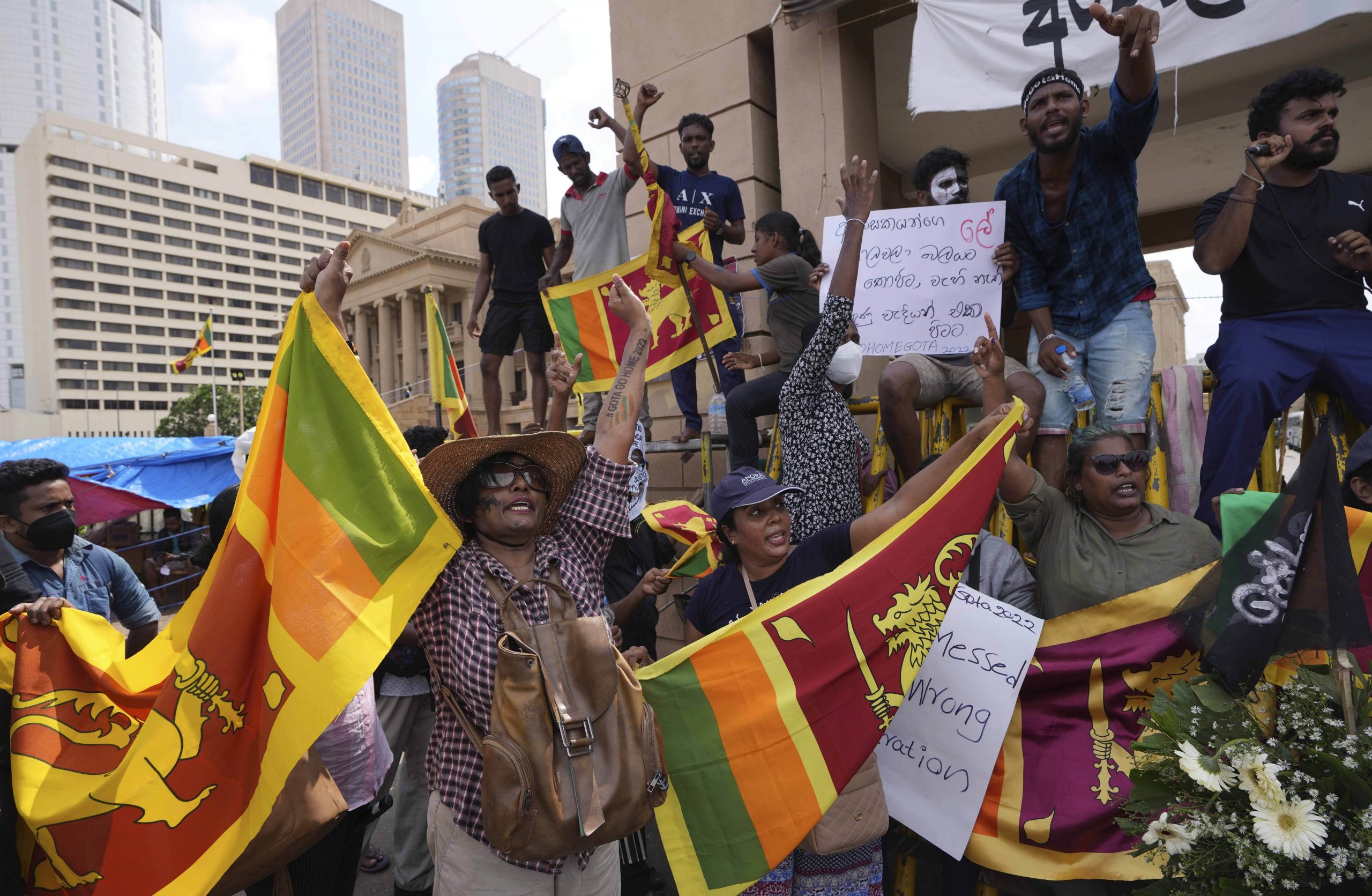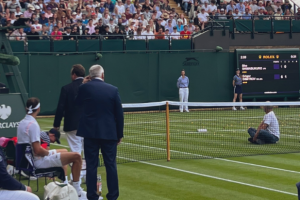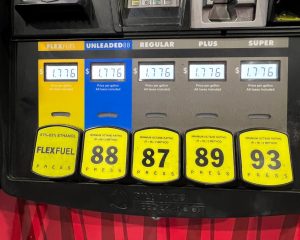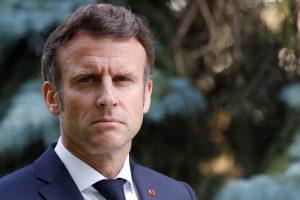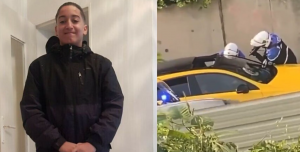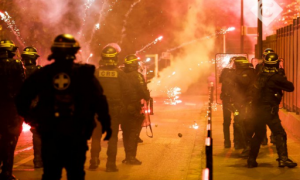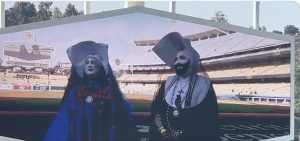Crisis-hit Sri Lanka on Saturday lifted curfew that had already defied by thousands of people overnight, ahead of a mass rally that was planned for later in the day demanding President Gotabaya Rajapaksa’s resignation.
Huge crowds have already poured into the capital Colombo for the demonstration, the latest expression of unrest sparked by the country’s unprecedented economic crisis.
Also read: Rise in Sri Lanka’s economic crisis should be warning to us all: United Nations
Police withdrew the stay-home order issued the previous evening after opposition parties, rights activists and the bar association threatened to sue the police chief.
It is reported that thousands of anti-government protesters ignored the curfew and even forced railway authorities to operate trains to take them to Colombo for Saturday’s rally.
Also read: 71 million people pushed to poverty due to inflation after Russia-Ukraine war: UN
“The curfew was not a deterrent, in fact it encouraged more people to get on the streets in defiance,” a top defence official told AFP.
“Passengers had commandeered trains to reach Colombo.”
Sri Lanka is reeling under food and fuel shortages, lengthy blackouts and galloping inflation after running out of foreign currency to import vital goods.
Also read: Talks with IMF difficult due to bankruptcy: Sri Lankan PM Ranil Wickremesinghe
The country has nearly exhausted already scarce supplies of petrol, but protesters backed by main opposition parties, had hired private buses to travel to the capital.
The protesters have camped outside Rajapaksa’s seafront office to demand his resignation over the government’s mismanagement of the crisis.
On Friday, thousands of soldiers armed with assault rifles were bussed into Colombo to reinforce police guarding Rajapaksa’s official residence, which protesters have vowed to storm on Saturday.
Also read: Crisis-hit Sri Lanka likely to get 2 shipments of fuel in July, 1 in August
Authorities have deployed nearly 20,000 troops and police officers for a security operation to protect the president.
As many as nine people were killed and hundreds wounded when clashes erupted across the country after Rajapaksa loyalists attacked peaceful protesters outside the president’s office in May.
Sri Lanka has defaulted on its $51 billion external debt and has been in bailout talks with the International Monetary Fund.

